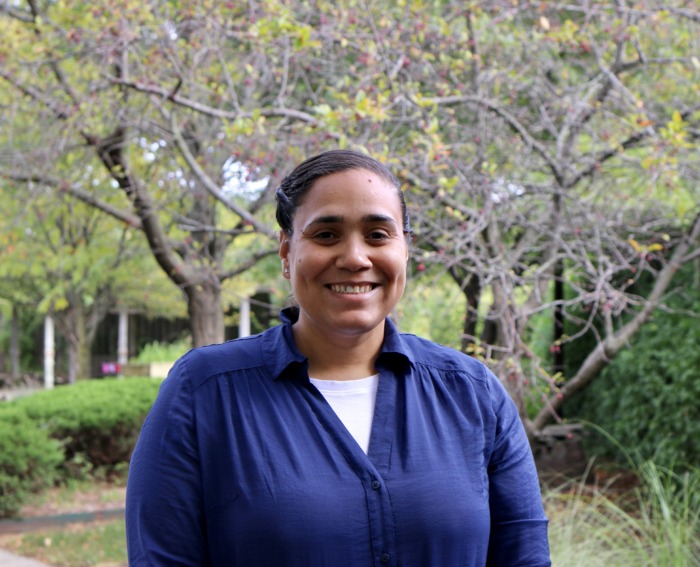
Upon hiring Bianca Mills for a new position as Easterseals Crossroads’ accessibility consultant, Director of Assistive Technology Brian Norton said, “We are thrilled to have someone with her background and expertise bring her skills to Easterseals Crossroads.”
Mills certainly has a unique background. She grew up traveling the globe as a “military brat” and went on to not only serve people with disabilities but break foreign barriers blocking their communities from inclusiveness and accessibility.
Crossing Borders
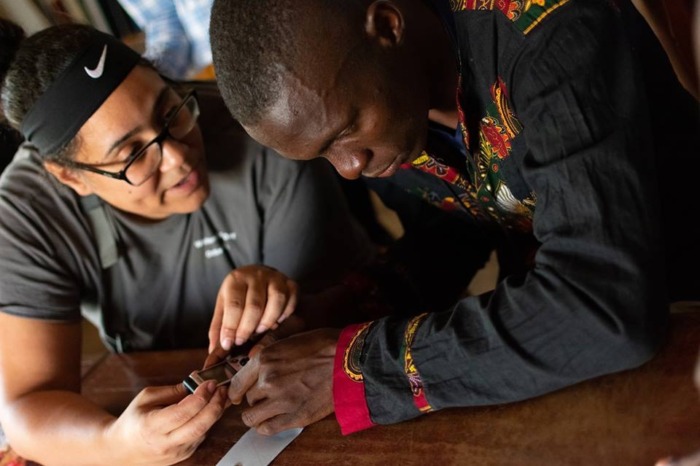
While Mills has many memorable experiences from around the world, a trip to Sierra Leone in 2019 sparked her passion for assistive technology. While working as an orientation and mobility specialist for Bosma Enterprises, she joined the company on a mission with Easterseals Crossroads and Eye Can See to provide computers, recorders, white canes and other low-vision devices for the Bombali School for the Blind in Makeni, Sierra Leone.
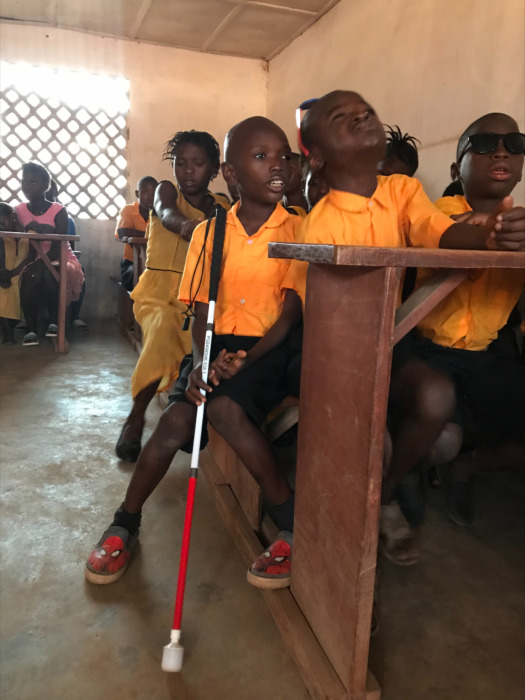
“That trip required me to think outside the box in order to meet the demands of the students for AT,” she said. “It’s easy to forget how fortunate we are to have electricity, but for the Bombali School for the Blind, they have to use a generator to run the desktop computers, charge the low-vision devices or charge up their laptops. The hope is to have laptops for the secondary students and solar panels installed one day, but we will have to locate finances in order to achieve that goal.”
Prior to this experience, Mills had worked with the blind and visually impaired, but she found herself slowly gravitating more toward the world of assistive technology.
“While I was at Bosma Enterprises, I had a mentor who motivated me to work in AT,” she said. “I worked primarily with the low-vision clients, but I was always amazed at how far technology had come and kept improving. Sierra Leone may have been the extra push I needed to pursue a certification in AT.”
In 2020, Mills enrolled in AT education courses at Western Michigan University to become a Certified Assistive Technology Instructional Specialist, the exam for which she is taking in just a few weeks.
Making a Difference
In just the past few months she’s been part of Easterseals Crossroads, Mills has already seen how massively AT can impact people’s lives for the better.
“I already have a success story that makes me smile,” she said. “This client was once homeless, and he has no light perception and little to no support system here in Indiana. He’s an individual who can become easily overwhelmed, having episodes of anger that lead to yelling and difficulty calming down. Although he may get overwhelmed during our sessions, he now talks through it with me and better expresses his frustration. I am also happy he and his wife have found a good support system and an apartment in a safe area. He is currently learning how to navigate a computer via a screen reader with the goal of pursuing employment in customer service. When I first met him, he was unable to use his smartphone or type on a keyboard. Now he uses his iPhone on a daily basis and completes basic skills on the computer. Our future goal is to learn how to use Good Maps Outdoors, a GPS program for the blind and visually impaired, so he can travel independently in his home area.”
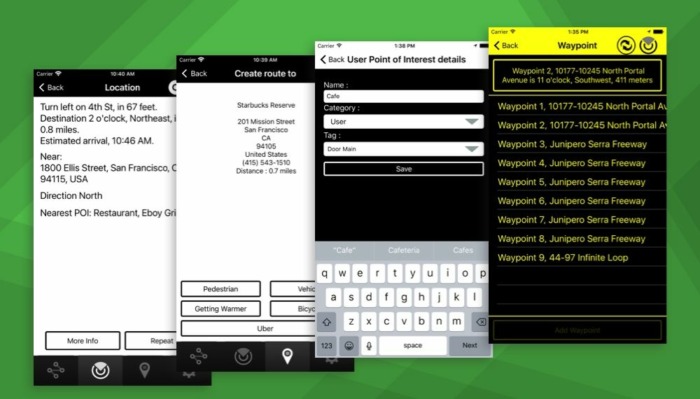
While Mills’ aforementioned work helps the clinician side of Easterseals Crossroads, her assistance in the new position of accessibility consultant gives the INDATA Project the opportunity to offer digital accessibility services to more individuals and organizations throughout the state of Indiana.
Venturing into the Future
Mills’ work in this area involves high-impact web accessibility audits to ensure compliance with web content accessibility guidelines (WCAG) 2.0 AA as well as accessible document services, from PDFs to Microsoft Office and other formats.
“Accessibility is not always seen at the forefront when items are designed,” Mills said. “Brian (Norton) saw the importance of incorporating a role that focused on making accessibility a thought at the very beginning of a project and not at the end. That could be as simple as making a word document accessible and then converting it into an accessible PDF.”
Mills remains in awe of the sophistication and evolution of the technology she works with on a regular basis.
“I am amazed at the accessibility features that have improved within the built-in program for Windows, MAC, Chrome and Linux,” she said. “I primarily use a Windows computer, but the Ease of Access has provided a more universal design that assists me on a daily basis. I have difficulty reading small print due to an enlarged blind spot. As a modification, I easily increased the text size, changed the mouse size/invert, input a cursor I can easily follow as I’m typing, put on dark mode, and sometimes use the magnifier when needed. Ease of Access isn’t just for people who are labeled as disabled. Instead, it’s a tool whose universal design makes computer access easier for every possible user.”
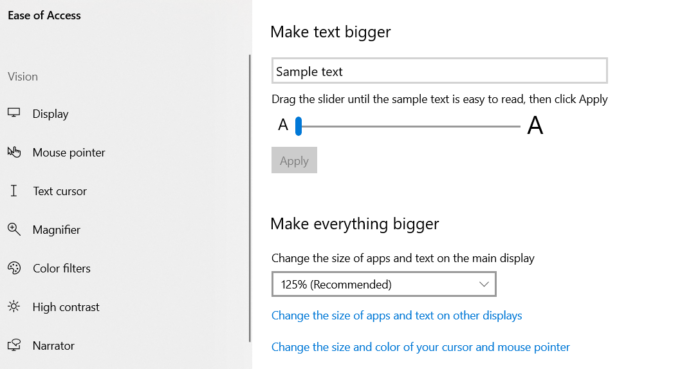
Mills looks forward to the future of assistive technology.
“The amazing thing is assistive technology is always evolving for the better,” she said. “Picture this: When I entered the AT field in 2016, closed circuit TVs (CCTV) were not portable. Now, in 2023, approximately 80 percent of the CCTVs demonstrated by vendors today are portable. Just imagine what AT will develop into as our technology keeps evolving with accessibility at the beginning of the conversation.”

She’s so amazing!!! You made a great choice in hiring her! 🙂